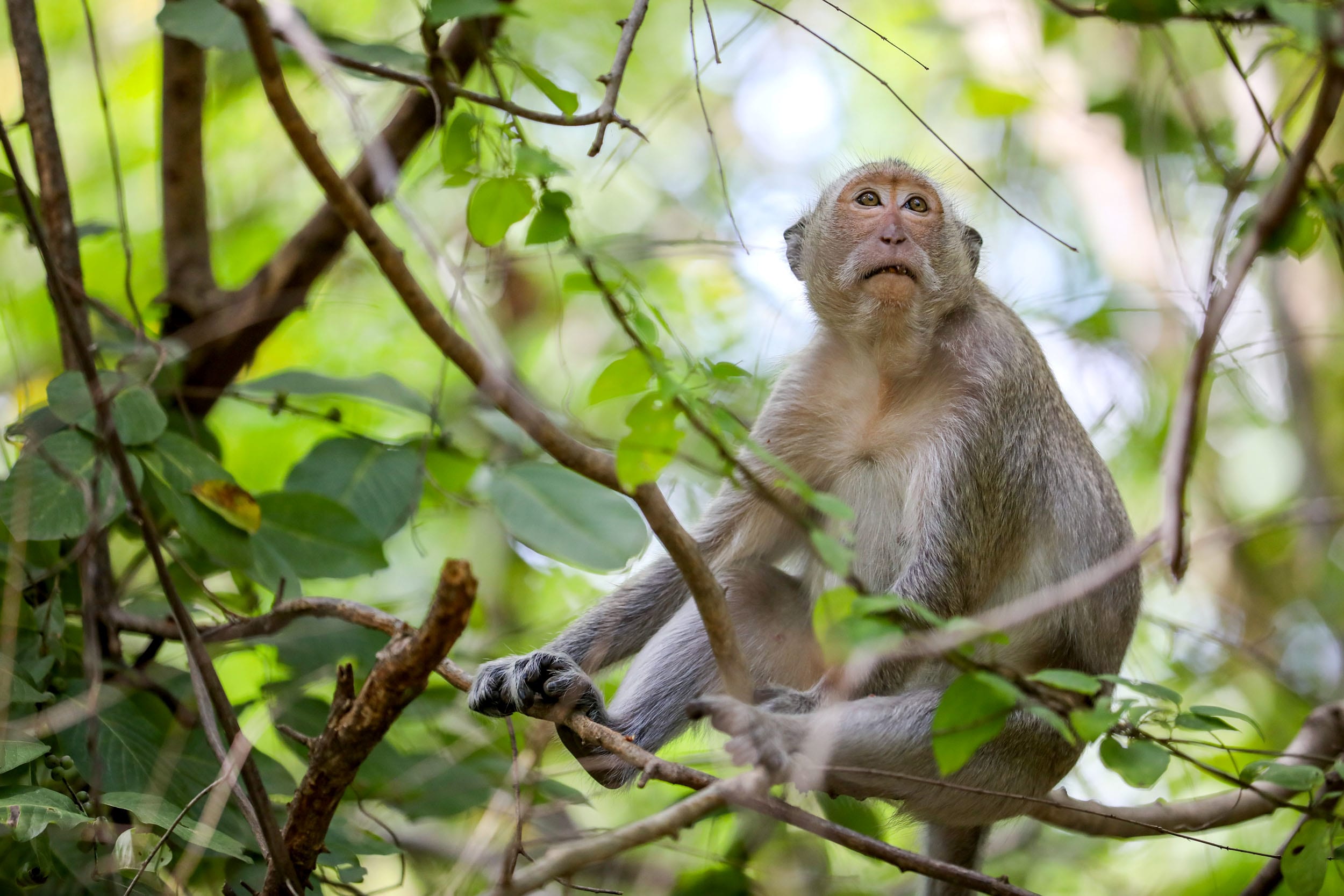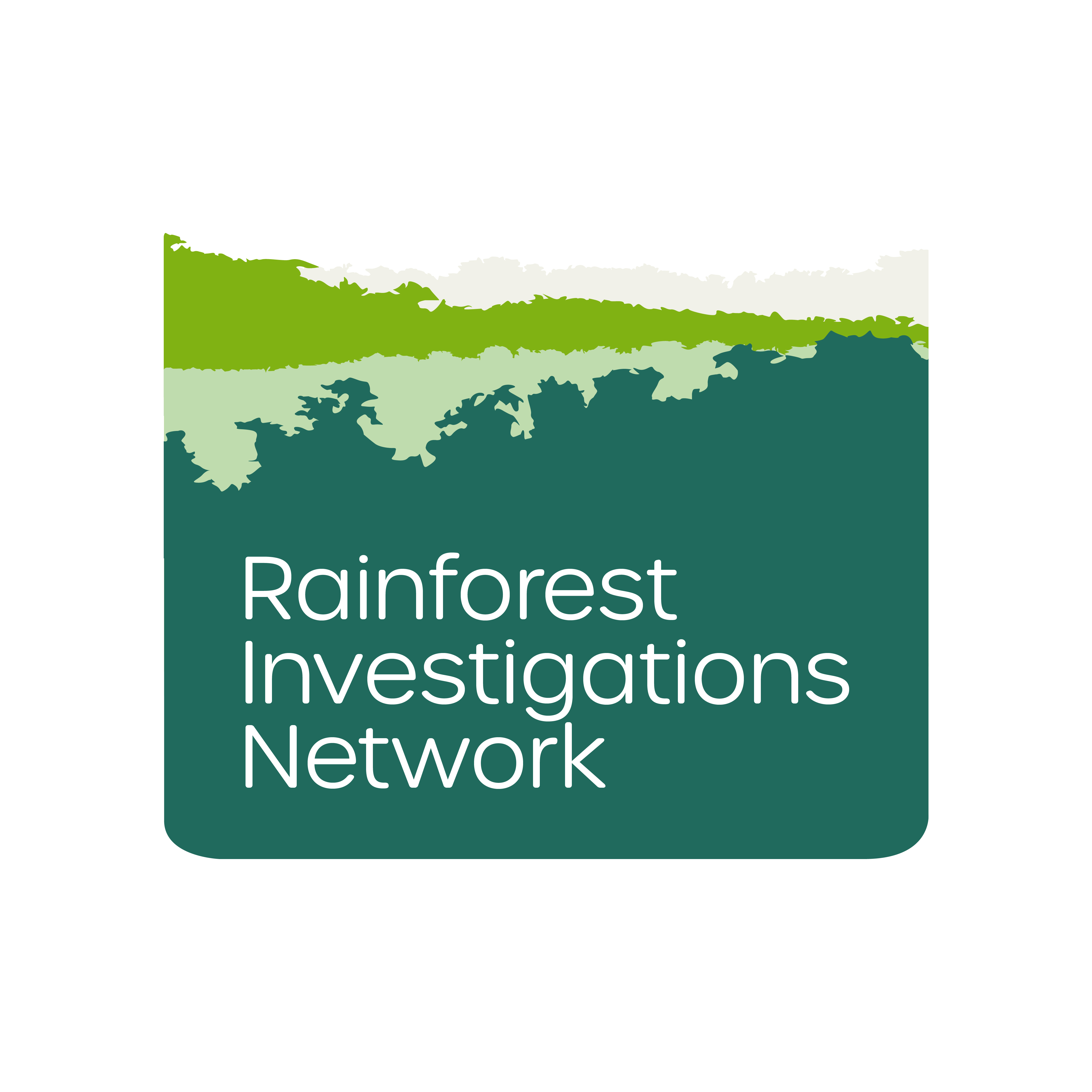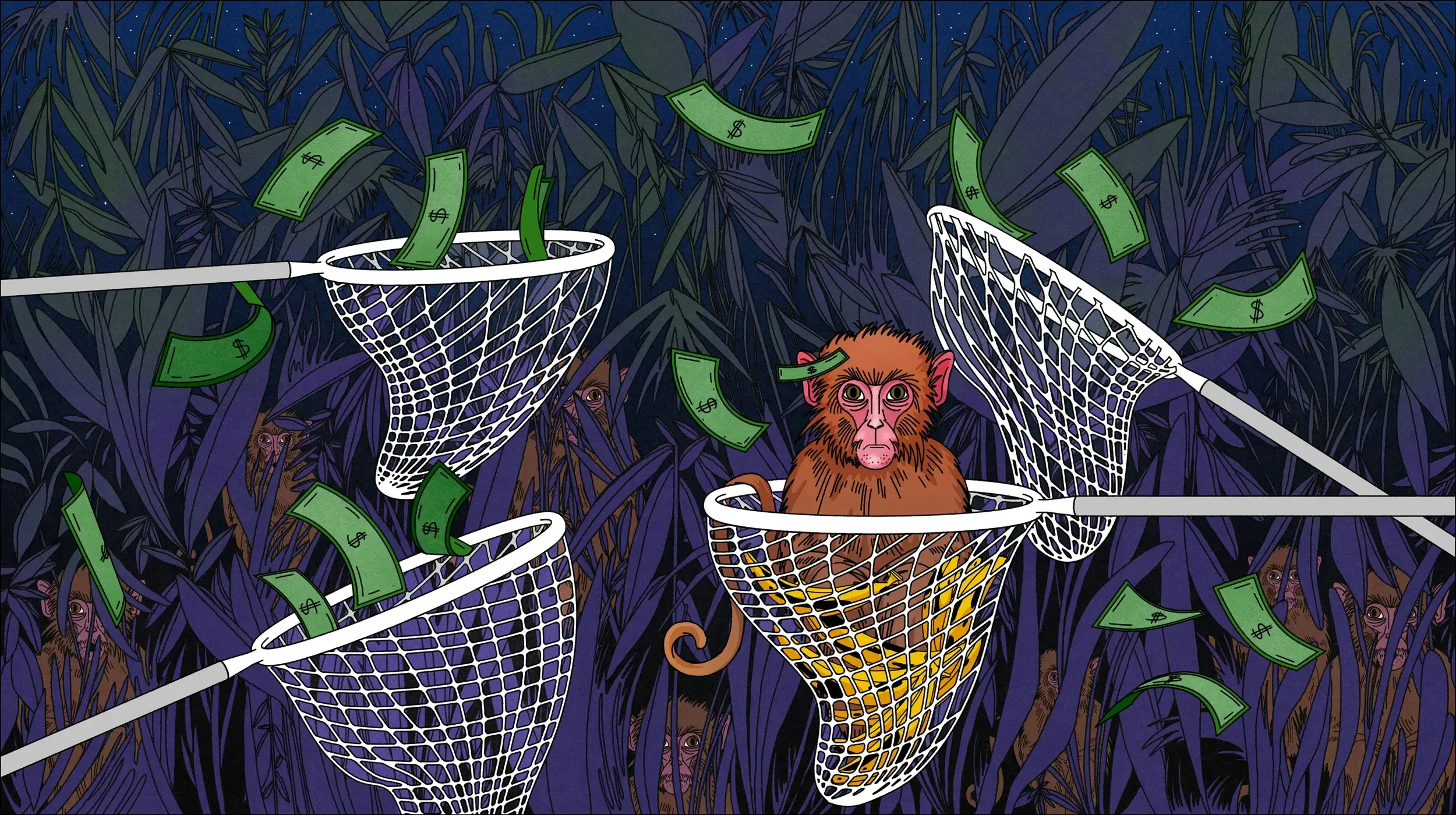
"The insane demand coming from the U.S. is driving the trade to an unsustainable level," said Malene Friis Hansen, the director of the Long-tailed Macaque Project.
Gary Tucker was attending a conference on monkeys used in medical research when he spotted some uninvited guests: agents with the U.S. Fish and Wildlife Service.
As they walked in and out of the Colorado hotel, Tucker, an executive at a monkey import company, hid in the lobby to spy on them, according to federal prosecutors.
He had good reason to be wary. The agents were investigating whether his company, Orient BioResource Center, and its competitors were involved in an international monkey smuggling scheme in which endangered primates were being pulled from the wild and shipped to the United States for use by government researchers and pharmaceutical companies.
Tucker’s actions that day in October 2019 included taking photos of the agents and urging people at the conference not to talk to them, according to prosecutors who have been working with wildlife officials to crack down on an industry that plays a critical role in drug and vaccine development but largely operates in secrecy.
"It’s a dirty business, and it’s extremely difficult to get to the bottom of," said Ed Newcomer, a former Fish and Wildlife Service agent who investigated monkey importers and exporters in the U.S. and southeast Asia during his 20 years with the agency.
Tucker, 65, pleaded guilty last year to lying to federal agents about the company’s operations in Cambodia.
And just last month, the Justice Department charged eight people, including two Cambodian wildlife officials, with conspiring to poach monkeys from the wild and send them to the U.S. with falsified paperwork claiming that they came from breeding centers.
But the cases represent only the tip of the iceberg, according to former wildlife agents.
The smuggling of monkeys caught in the wild is believed to have been going on for years due to the colossal demand for laboratory monkeys in the U.S. and the limited supply at breeding facilities at home and abroad. The arrival of the pandemic and the race to find a Covid vaccine squeezed the market even further, experts say, setting off a mad scramble for the animals that fueled a spike in monkey poaching and contributed to the endangerment of the species most commonly used in drug studies — the long-tailed macaque.
"It’s gotten out of hand," said Malene Friis Hansen, the director of the Long-tailed Macaque Project, a Denmark-based nonprofit group focused on conserving the primates. "The insane demand coming from the U.S. is driving the trade to an unsustainable level."
A booming business
The U.S. leads the world in the number of primates it imports for medical research. Between 2017 and May, more than 150,000 monkeys arrived in the U.S. to be used in experiments, according to figures from the Centers for Disease Control and Prevention.
Researchers say monkeys have been crucial to understanding different types of human conditions, from AIDS to Parkinson’s disease, as well as ensuring the safety and efficacy of new drugs.
China was long the main supplier of primates to the U.S., but it banned the sale of wildlife at the start of the pandemic in March 2020. The move upended the international trade in monkeys at a time when research facilities desperately needed them for future vaccine trials.
With the demand soaring, the price of monkeys skyrocketed. A single long-tailed macaque could fetch $40,000 at the height of the pandemic — up from $3,000 just a couple of years earlier.
"It’s inconceivable to me how high it went," said Greg Westergaard, the founder and CEO of Alpha Genesis, a South Carolina-based company that breeds and sources monkeys for pharmaceutical companies and government researchers.
With China out of the game, countries such as Mauritius and Cambodia stepped in.
Cambodia is home to a number of macaque breeding farms, but they receive little scrutiny and the paperwork that accompanies monkeys imported to the U.S. is easy to fudge, wildlife experts say — a dynamic that makes it nearly impossible to ensure that the animals are, in fact, bred in captivity.
It wasn’t long before conservationists began noticing an increase in reports of monkeys being pulled out of the wild by poachers in Southeast Asia lured by the huge profits at stake.
"These guys know what they’re doing," said Edwin Wiek, the founder of the Wildlife Friends Foundation Thailand, an animal rescue group. "They’re not just going out there and taking whatever they can catch. They’re really trying to take the cherries off the cake."
In 2019, Cambodia supplied 8,571 of the 33,818 research monkeys imported to the U.S., or 25%. In 2021, the number of monkeys from Cambodia more than doubled to 18,870, making up nearly 60% of the 31,844 research monkeys brought to America.
The dramatic increase has led some experts to question whether Cambodia’s breeding farms are actually capable of producing that many monkeys.
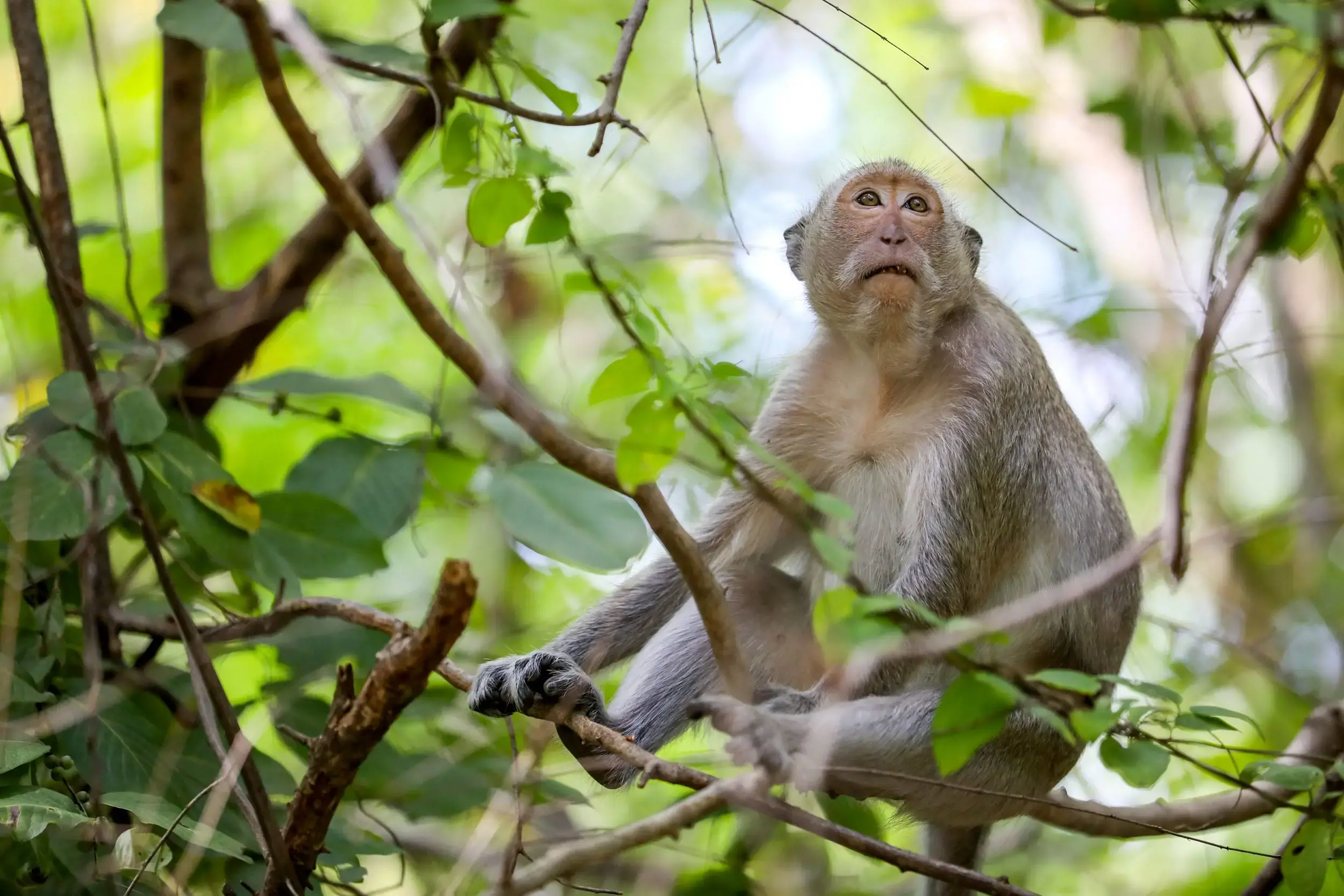
A colony with 100 females of breeding age would produce at most 60 to 70 offspring in a given year, Westergaard said. He noted that it would take another two to three years for the baby monkeys to reach an age where they’re suitable for research.
"It takes a very long time to establish a good primate supply," he said. "It’s not something that can be done in a hurry, and it cannot be done on the cheap."
"You can imagine with that much financial incentive, you’re going to have all sorts of newcomers who are not in it for the long term and may not have a history of performing ethically," Westergaard added.
The trade has already had a significant impact on the populations of long-tailed macaques in the wild, which play a critical role in forest ecosystems by dispersing seeds. In July, the International Union for Conservation of Nature changed their status from “vulnerable” to “endangered,” citing their use in medical testing as a driving force.
"This species will be going extinct or functionally extinct by the end of the 21st century if we don’t change anything right now," said Agustín Fuentes, a Princeton University biological anthropologist.
The upheaval in the monkey trade has also had other consequences.
Between 2019 and 2021, the number of monkeys found dead on arrival in the U.S. or that died within 30 days rose sharply — from 77 to 136 — despite there being 2,000 fewer imported monkeys overall, according to CDC data obtained by NBC News through a public records request.
It’s difficult to conclude what could be driving the increase, experts say, and the dead monkeys still account for less than 1% of those that arrive in this country.
But the escalating death figures provide more ammunition to animal rights groups and others who argue that the trade in research monkeys is cruel and inhumane — and poses a public health risk due to the threat of monkey-borne illnesses spreading to humans.
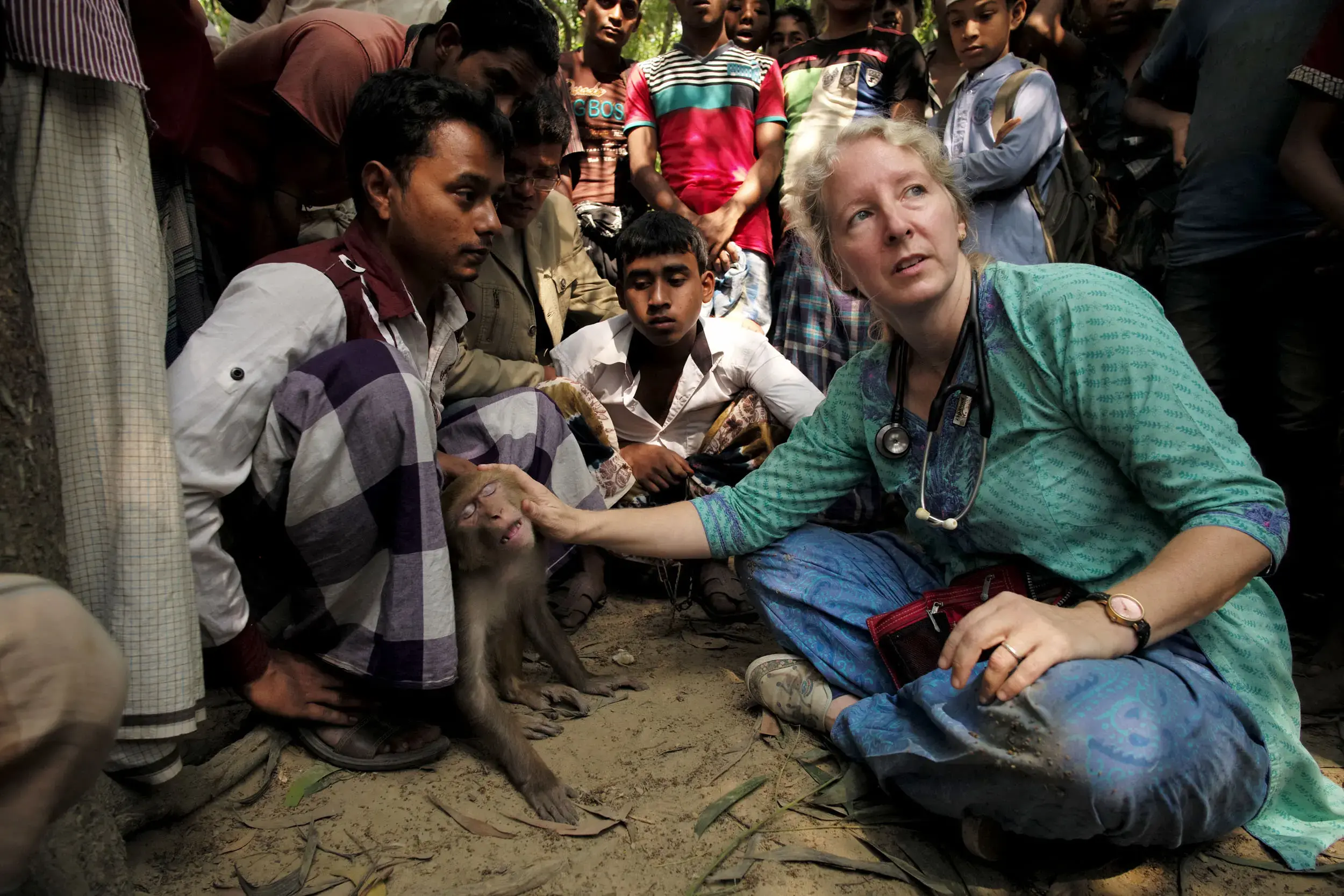
“When you take a macaque out of its natural habitat and you start channeling them down this pipeline towards the laboratories in the U.S. or the E.U., you’re setting off a chain reaction for the potential for disease spillover and transmission,” said Lisa Jones-Engel, a former primatologist and researcher at the Washington National Primate Research Center who is now an adviser to People for the Ethical Treatment of Animals, or PETA.
“It’s a recipe for the next pandemic.”
Investigative hurdles
The trade in long-tailed macaques is regulated by the Convention on International Trade in Endangered Species of Wild Fauna and Flora, or CITES, a 1975 treaty designed to ensure that the global market for certain plants and animals doesn’t threaten their survival in the wild.
CITES determines, for instance, how many protected animals a country is allowed to export. It can also bar a country from exporting animals like long-tailed macaques, as it did for Laos in 2016 after investigations found that traders there were selling monkeys caught in the wild to dealers in China, Vietnam and Cambodia who were exporting the animals to other countries falsely labeled as originating in their own.
Cambodia has faced accusations of “monkey laundering” for a number of years now. In 2015, a research arm of CITES called the Species Survival Network submitted a document to the convention that said field investigations in Cambodia found that long-tailed macaques were being trapped without permits in two provinces and transferred to breeding farms.
"To avoid detection by the authorities, the animals were reportedly brought into the farms during the night, hidden under packs of ice in vehicles which had been adapted to hold cages," the document says.
The Fish and Wildlife Service has been concerned about the industry for years, former agents told NBC News, but efforts to investigate it have been stymied repeatedly.





